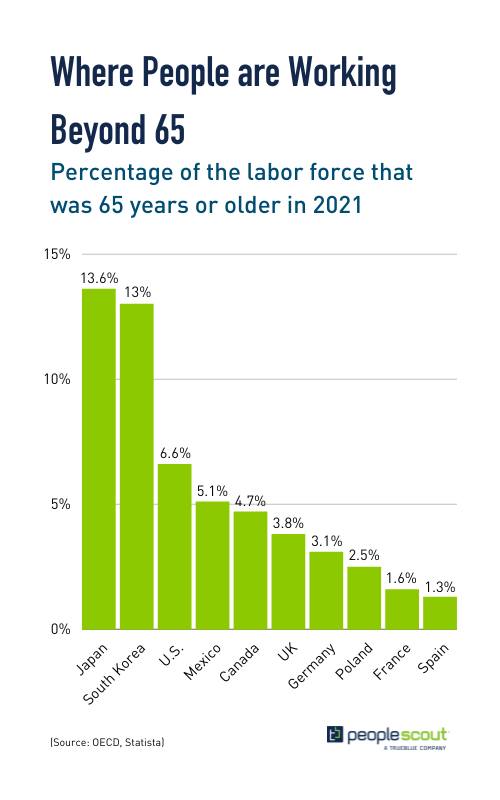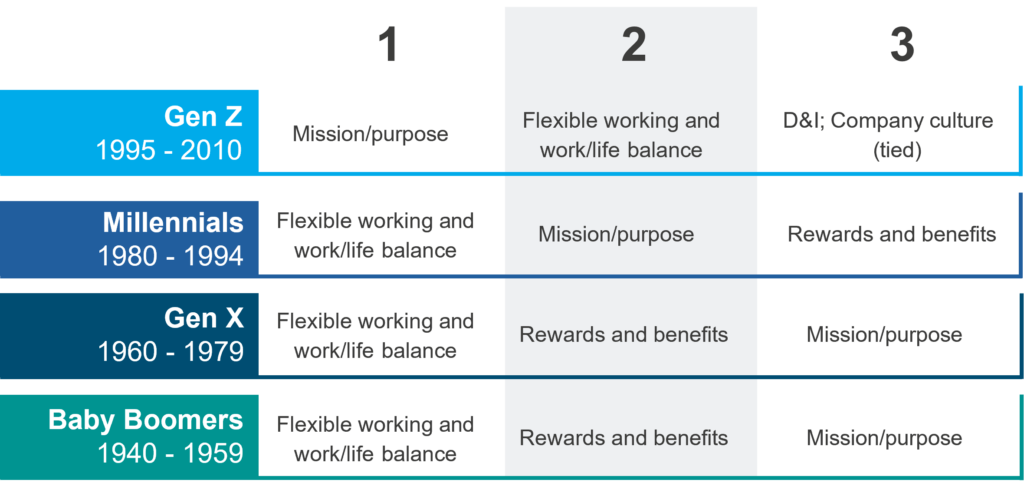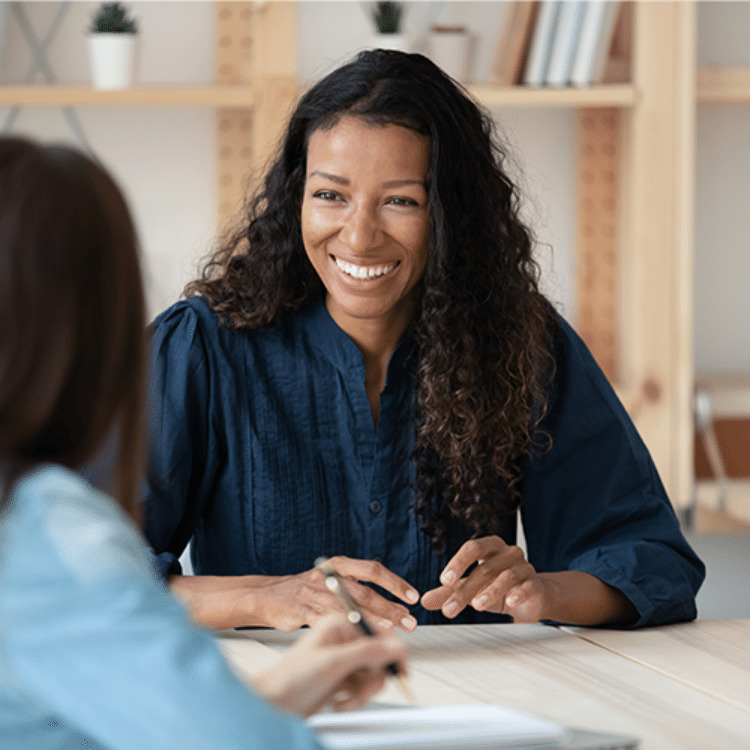A candidate relationship management (CRM) tool is at the centre of any strong recruitment process, but I can almost guarantee that you aren’t making the most of yours.
According to Aptitude Research, only 2% of companies use all of the functionality of their recruitment CRMs, and more than 60% of employers spend more on their CRM than on their applicant tracking system (ATS).
Most likely, your CRM could be doing more to improve your recruiting process and candidate experience, and 2023 is the perfect year to optimise it. That’s because you can add functionality without additional budget — a key benefit in an uncertain global economy. With your CRM, you can:
- Appeal to the 70% of candidates who are not actively looking for a job, but would move for the right position.
- Provide that consumer-like candidate experience that has become the cost of entry for employers.
- Share your employer value proposition more effectively with candidates of all backgrounds.
Below are three ways you can improve your own processes and the experience candidates have when they interact with your brand.
1. Appeal to Candidates From Underrepresented Backgrounds & Supercharge Your Diversity Initiatives
Whether you’re looking to increase the number of female employees in a male-dominated industry; fulfilling your commitment to helping veterans; or building a team that reflects the diversity of your customers, issues around diversity, equity and inclusion (DE&I) remain a focus for talent acquisition leaders. Fortunately, many CRMs feature the ability to create microsites, which let you share your employer brand more effectively with candidates from underrepresented backgrounds that you want to target.
Sometimes called landing pages, these microsites drive diverse traffic to your careers site and showcase your DE&I initiatives. Of course, diversity means something different for different employers. Therefore, consider building a microsite for each target group that contains messaging and content of interest to them. With a recruitment marketing campaign that showcases the representation that already exists in your organisation, in addition to a targeted microsite, you can boost your DE&I recruitment outcomes.
At PeopleScout, our AffinixTM microsites are fast and easy to set up—and they also yield results. For example, one client was looking to increase its percentage of female hires from just 7%. By building a landing page and campaign that featured the stories of real women who love and are excelling at their jobs, PeopleScout was able to increase that number to 18%.
2. Provide a Consumer-Level Application Experience & Reduce Candidate Fall-Out
If you’re seeing a lot of candidates falling out in your application process, that’s a sign that your candidate experience isn’t meeting expectations. In 2023, a mobile-first application that only takes a few minutes to complete is essential. If you’re missing that mark, you’re missing out on top talent.
In particular, look for a recruitment CRM with a quick-apply feature that allows candidates to submit only the most important information. While you’ll likely need more details from the candidate, you can gather that later in the process. As an added benefit, CRM features—like on-demand assessments and text questionnaires—can also keep candidates more engaged as they move through the interview and assessment stage faster.
Additionally, a shortened application is a simple change that can have a profound effect on your recruitment outcomes. As an example, one PeopleScout client went from a long application with a 30% conversion rate to one that took less than 10 minutes to fill out with an 80% conversion rate. It also shaved eight to 10 days off their time-to-fill.
3. Find Candidates Who Don’t Realise You’ve Posted Their Dream Jobs & Fill Your Most Challenging Roles
When you post a new job opening, somewhere out there is that perfect person for the role: There’s a chance your open position is someone’s dream job, but do they even know it exists? Realistically, there’s a very good chance that they don’t, and they won’t come across your posting on their own. So, it’s up to your recruiting team to find them and pitch the job that they’ve been waiting for.
Some recruitment CRMs have automated talent matching that search candidate databases to find qualified candidates for any role. These are then ranked by how closely they fit the role requirements, how likely they are to leave their current position, and their average tenure. Unlike a manual sourcing process, an automated talent matching feature like this can help fill the top of your funnel in seconds.
Notably, in PeopleScout’s Affinix CRM, Talent Finder is one option for automation technology that can find and filter qualified candidates. Our Diversity Boost feature also amplifies diverse candidates to help you reach your DE&I goals. Then, once you find that perfect match, you can bring them through the process and provide a good candidate experience—if you’re getting the most out of your CRM.
Keep in mind that this list only scratches the surface of what your CRM could bring to your recruitment process if properly optimised for your organisation. While candidate expectations continue to shift, at the end of the day, they’re looking to build the right relationship with the right organisation. It’s up to you to start that relationship off right.









